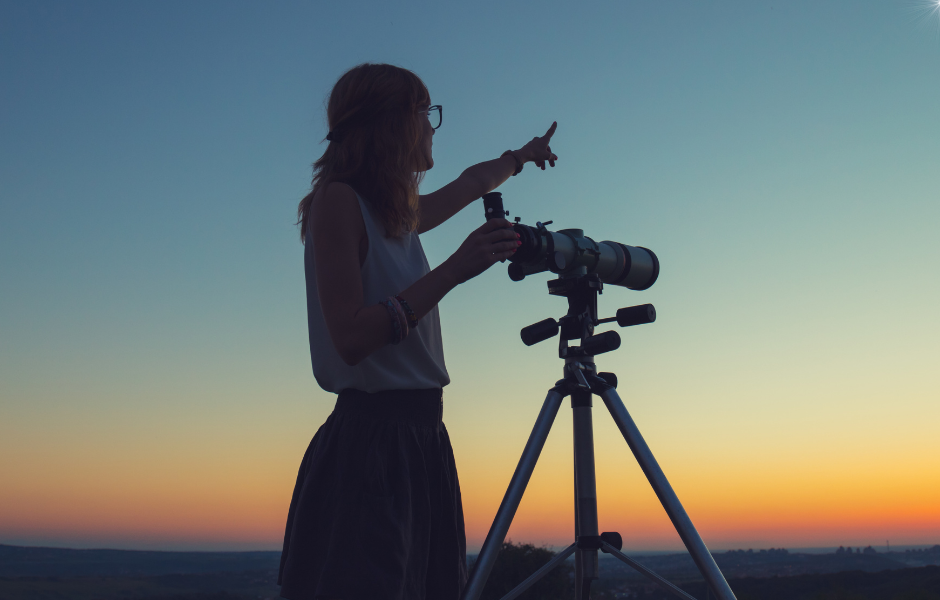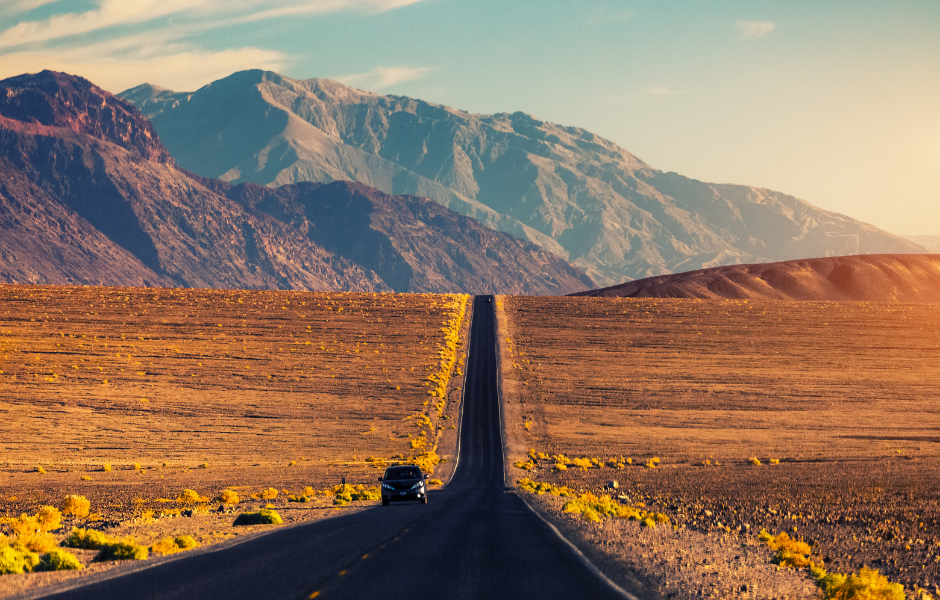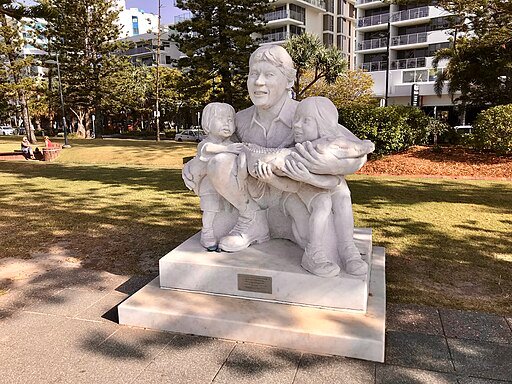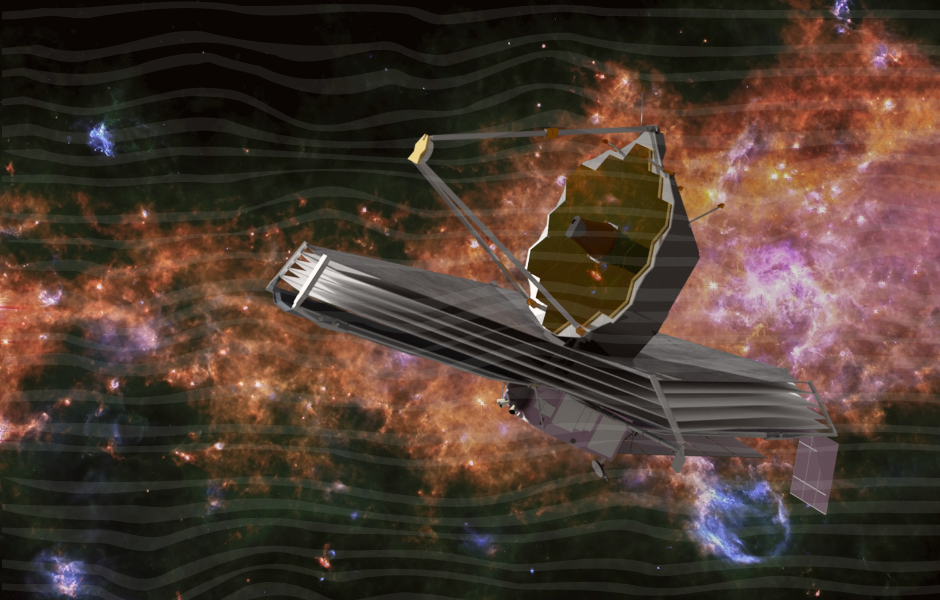
Science news: Say hello to MoM-z14, the oldest galaxy we’ve ever found! This children’s article, A galaxy from the edge of time!, has been written for native English speakers and learners of English as a second or foreign language. It can help children build vocabulary, learn about space, and discover the amazing things scientists can see with special telescopes. Written by Mark Pulley, a teacher and writer who creates fun and informative news articles for English learners.
The most distant galaxy ever found!
Astronomers have just spotted the most distant galaxy ever seen, and they’ve called it MoM-z14.
It’s so far away that the light from this galaxy has taken 13.5 billion years to reach us. That means we’re seeing it as it looked only 280 million years after the Big Bang, when the universe was still a baby!
The James Webb Space Telescope made this discovery. It’s a special space telescope that looks deep into the universe to find very old stars and galaxies.
MoM-z14 is now the most ancient galaxy we’ve ever found, beating the last record-holder, which was found in 2023.
What is redshift?
To find galaxies from the beginning of time, scientists look at something called redshift.
As the universe expands, light from distant galaxies gets stretched, making it look redder. This is just like how an ambulance siren sounds lower when it moves away from you.
The bigger the redshift number, the further back in time the galaxy is. MoM-z14 has a redshift of 14.44, which is incredibly high!
Why this is a big deal
The exciting thing about MoM-z14 isn’t just how far away it is; it’s that galaxies like this shouldn’t even exist yet (at least, that’s what scientists used to think)!
Astronomers believed the early universe was too young and empty to form bright galaxies. But now, thanks to this powerful telescope, we’ve found more than 100 bright galaxies from this ancient time.
That includes MoM-z14, which also contains elements like carbon and nitrogen. These elements usually come from stars exploding, so it means there were already stars and galaxies before MoM-z14!
What’s next?
The James Webb Space Telescope is helping scientists see the earliest parts of the universe like never before. It’s almost like a time machine!
Astronomers are now hoping to find the very first stars and galaxies ever created. Each new discovery takes us one step closer to understanding how the universe began.
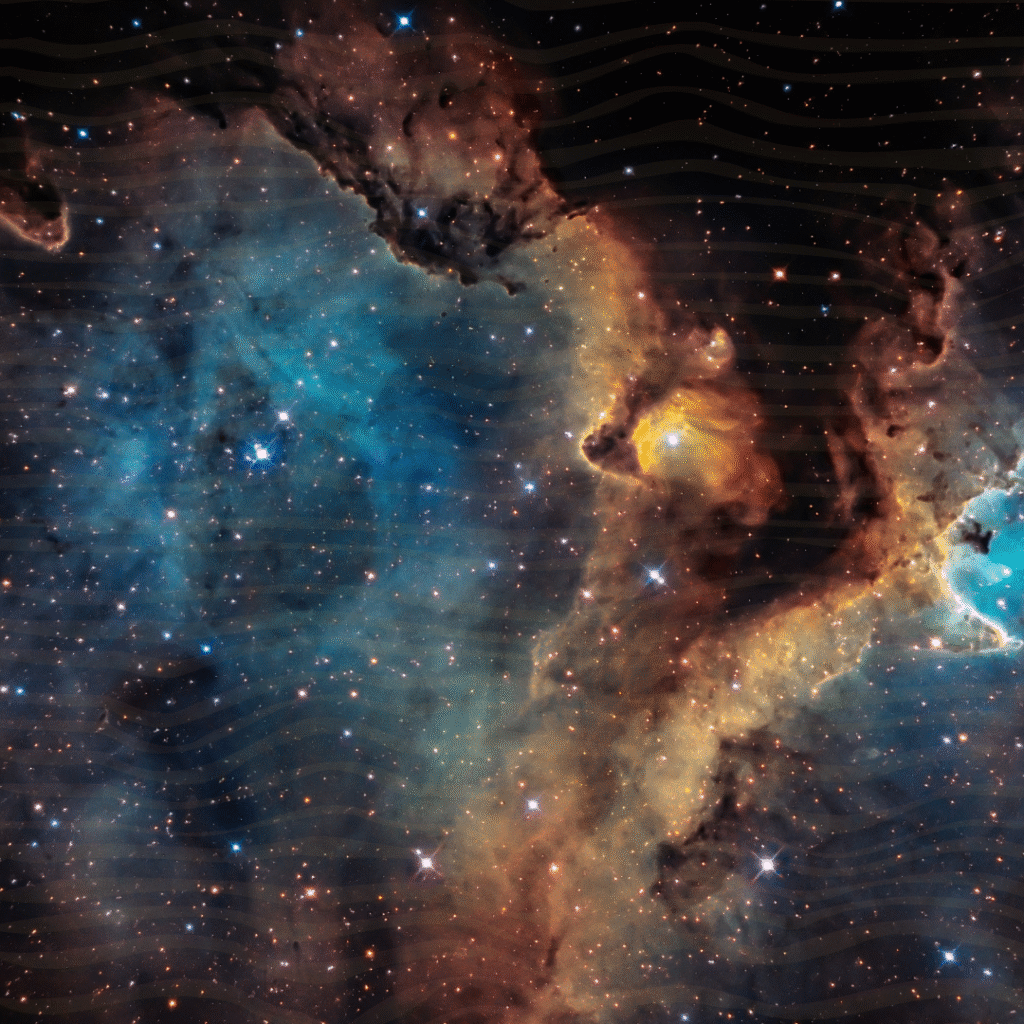
Article vocabulary list
- Galaxy – A huge group of stars, planets, and dust held together by gravity.
- Big Bang – The giant explosion that started the universe around 13.8 billion years ago.
- Telescope – A tool for seeing things that are far away, especially in space.
- Redshift – A change in light that shows how far away something in space is.
- Astronomer – A scientist who studies stars, planets, and space.
- Element – A basic substance like hydrogen, carbon, or oxygen that makes up everything in the universe.
Comprehension questions
Just click the plus (+) to see the answer
1. What is the name of the most distant galaxy ever found?
A) MoM-z14
B) JWST-1
C) Big Bang-5
Answer: A) MoM-z14
2. How long did the light from MoM-z14 take to reach us?
A) 5 million years
B) 13.5 billion years
C) 280 years
Answer: B) 13.5 billion years
3. Which space telescope found MoM-z14?
A) Hubble Space Telescope
B) James Webb Space Telescope
C) Kepler Telescope
Answer: B) James Webb Space Telescope
4. What does redshift help scientists understand?
A) The weight of a galaxy
B) How galaxies sound
C) How far away galaxies are
Answer: C) How far away galaxies are
5. What surprising thing did scientists find in MoM-z14?
A) It is made of only helium
B) It contains heavy elements like carbon
C) It has no stars in it
Answer: B) It contains heavy elements like carbon
6. What do scientists hope to find next?
A) The edge of Earth
B) The first animals
C) The very first stars and galaxies
Answer: C) The very first stars and galaxies
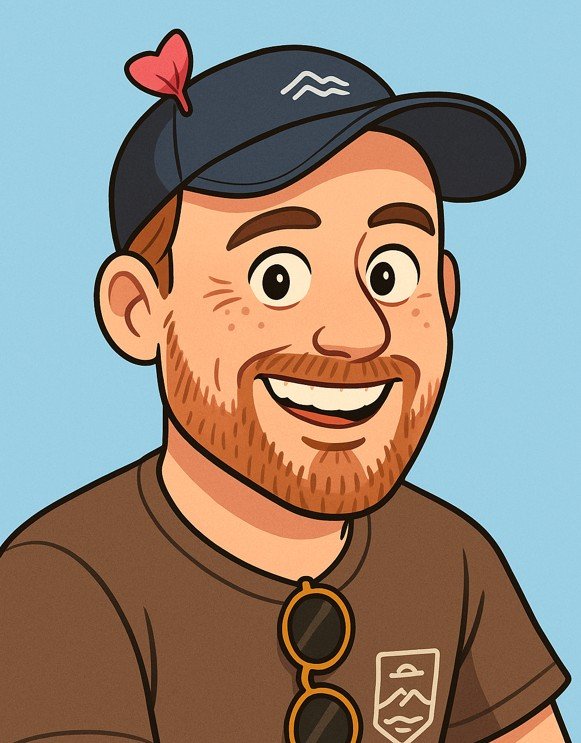
Mark is a writer and EFL teacher from England with eight years’ experience. He’s passionate about travel, sport (especially football), animals, nature, and history, and enjoys helping children explore the world through language and learning.

